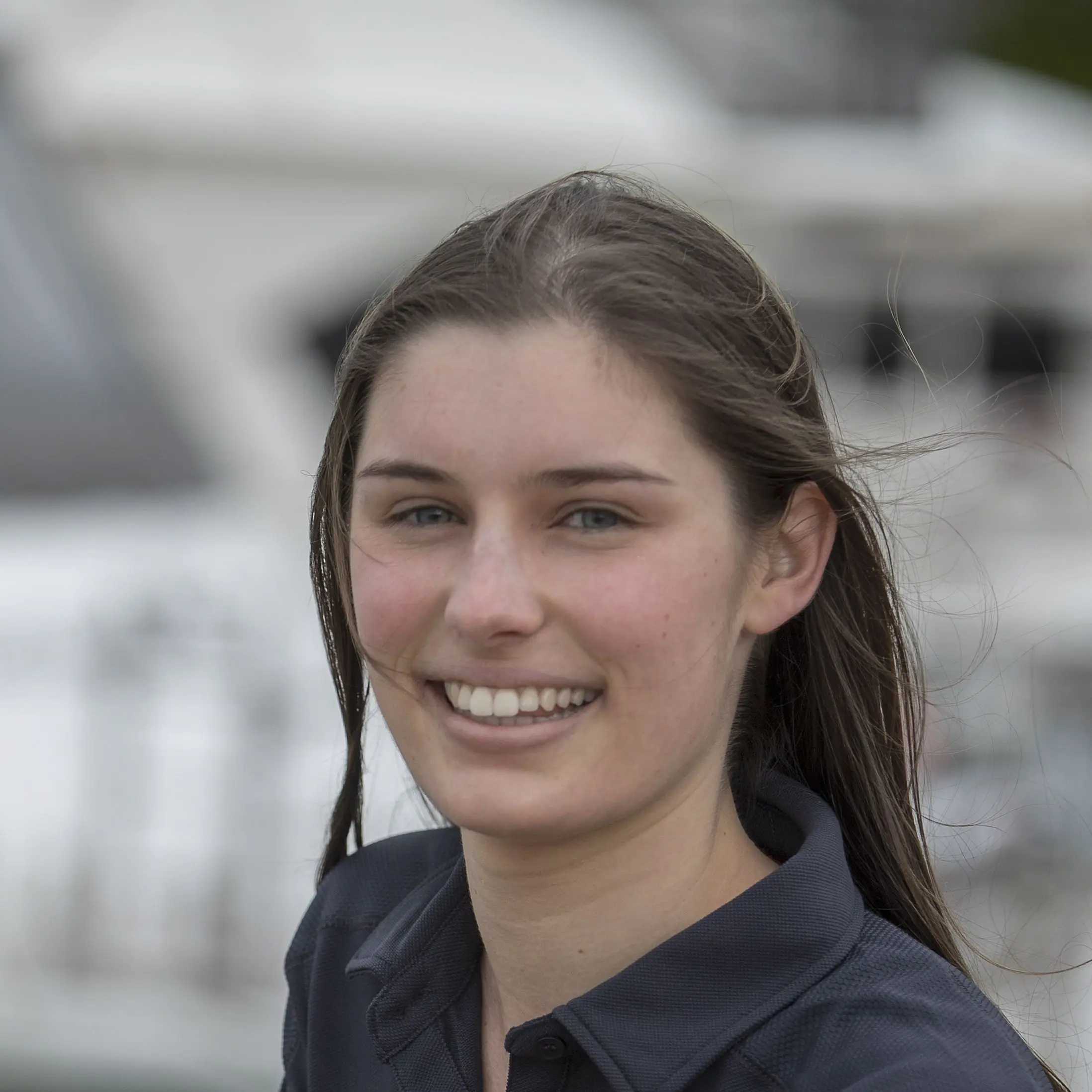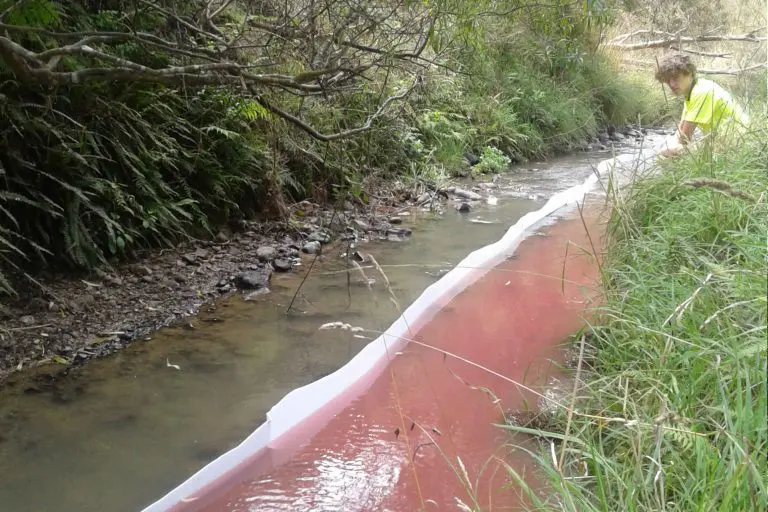The second week we were back near Hamilton, setting up a stream sedimentation experiment on a farm in Whatawhata. This experiment is run by Brian Smith and Richard Storey, two NIWA freshwater biologists who focus on aquatic invertebrate research.
Excess sedimentation of streams (leading to highly turbid stream conditions) may change the way light is reflected off a stream, and influences the abundance of insect eggs found in the stream. Light hits a stream bed and is reflected as polarised light. Insects that live around streams can see this polarised light and therefore differentiate between the stream and the bank. These insects, such as caddisflies, generally lay their eggs in the stream and need to be able to differentiate it from the surroundings. This experiment is attempting to quantify the effect of excess sedimentation on egg laying of stream insects.
Our work involved constructing a makeshift ‘flying fox’ contraption, which we used to move buckets of sediment from the top of the gully down to the streambank. We poured these buckets into a large gallon drum which will supply a constant flow of sediment into the stream during the experiment. We also constructed a ‘stream divider’, which is essentially corflute pieces duct taped together, with a plastic skirt forming a seal on the streambed. We then piled rocks onto the skirt to weigh down the corflute. The stream divider ran for a 20 metre section of the stream. To test the effectiveness of the divider, we released a biodegradable pink dye into one half of the stream, and checked for any leakages on the other side of the divider. We only found one small leakage point which we could quickly fix.
The experiment is set to run over 4-5 days, with a steady supply of sediment fed into one half of the river, while the other half is the control. Insect abundance will be measured using sticky traps, which trap insects as they fly upstream, and by visual observations of egg laying on rocks in the stream. The experiment will then be repeated, switching the sediment supply to the other side of the stream divider.
Unfortunately, the weather deteriorated over the week, so we were unable to begin the experiment due to concerns of rising stream levels and storm runoff. Fortunately, all our preparation meant that once the weather cleared up, the experiment was easy to implement.

Charlotte Tomlinson
BLAKE NIWA Ambassador 2017


